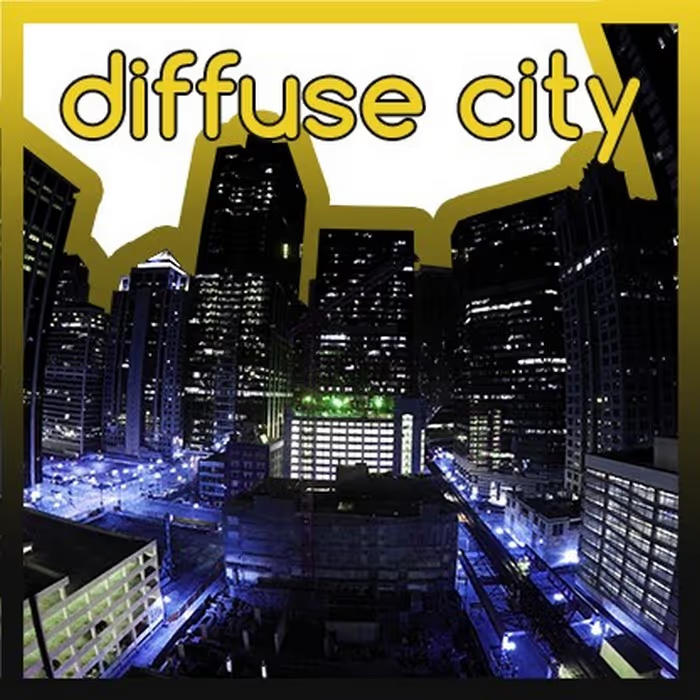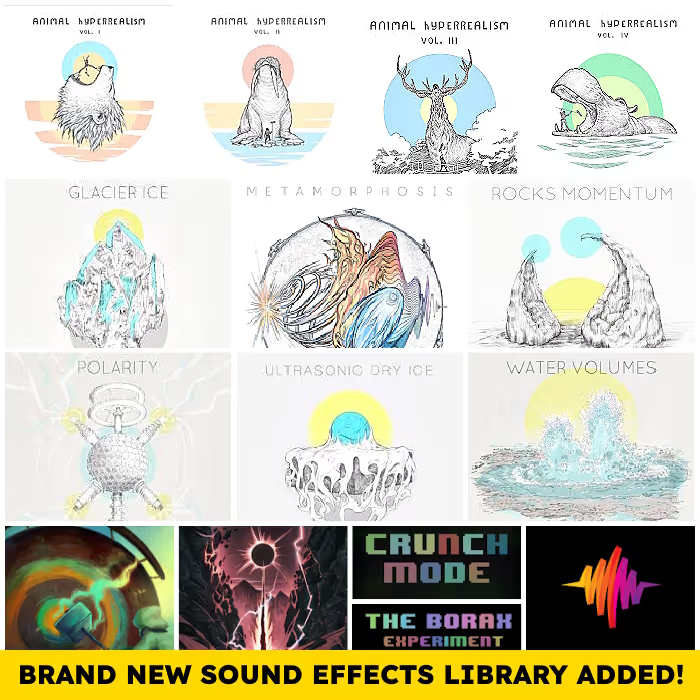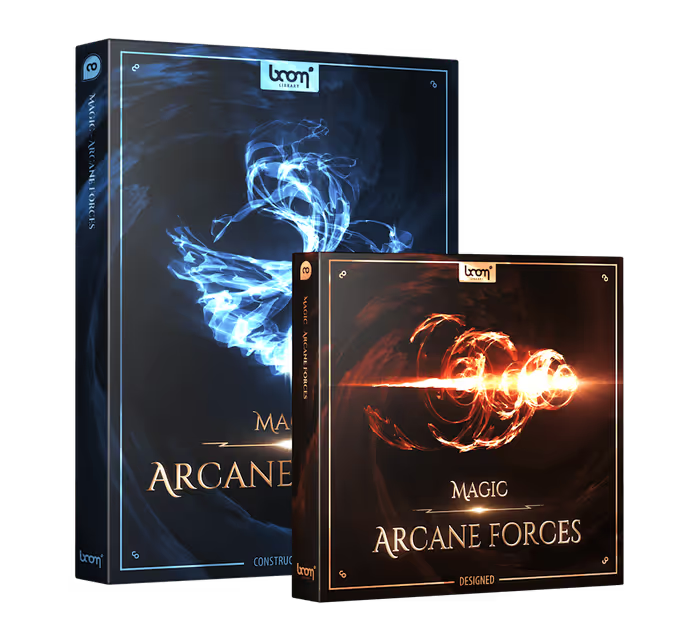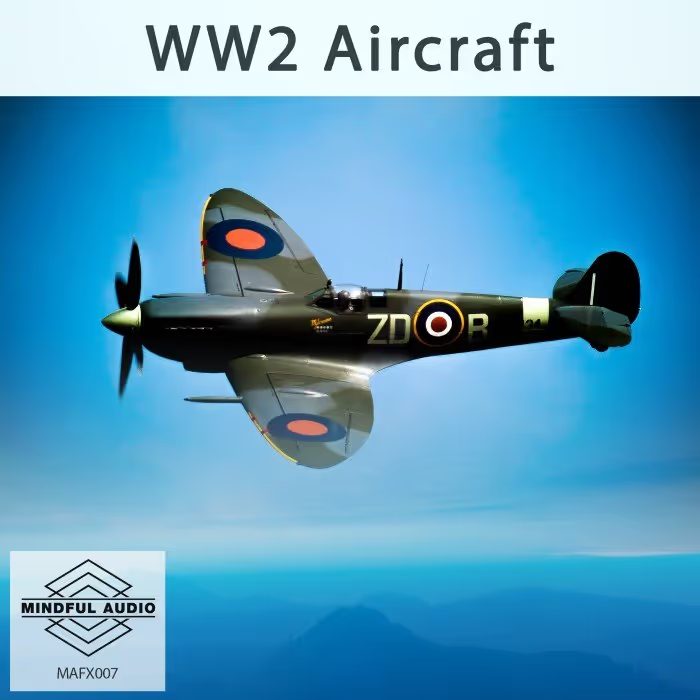Hi Arjen, for those that don’t know what Indoor is, can you briefly explain what it is and why you made it?
Indoor is a convolution reverb with the interface it should have had from the beginning. Several locations sampled from top to bottom. You look at dollhouse view of the venues and just drop your speaker and microphone there and then you play your audio through that system.
What can you tell us about the process of capturing the impulse responses?
We knew we wanted 10 venues, about 60 rooms, so we first made a list that would cover 95% of the needs of Post engineers.
Aram Verwoest and I usually drove over and spent a few days at such a venue. The log cabin in Germany, the town house in France. Most spaces here in Holland.
We built on our experience from recording IR’s. One of the things I’m most proud of is that even in the remote locations in France, we did not mess up a single take, so we never had to go back. When there was an error we always found out on site so we could correct the same day. We never came home with an IR or even a channel unusable, and that’s with over a 1000 impulse responses all 9 channels wide. We developed our own batch visualisations to check our work as we went, scrolling screens full of waterfall diagrams and such. It worked and I am proud of that.
We adapted our workflows, sweep shapes, and fadeouts until we had a recipe that works for the most silent takes
Another thing is that you must understand that we have recorded a speaker that stood in an attic through a floor and four closed doors. That is 60 dB down from being in the same room, and it give us noise problems. We adapted our workflows, sweep shapes, and fadeouts until we had a recipe that works for the most silent takes.
Today I have mostly been typing emails. If tomorrow, I’m back in my anechoic chamber and I fire up indoor I’ll be stunned again at how good those takes sound.
An in-depth presentation of Indoor by Audio Ease
Is it possible for others to setup your microphone configurations and create their own impulse responses for ‘Indoor’?
No, this is less than trivial. The idea behind indoor is that IR’s can be mixed perfectly well because they have all been made at the exact same playback and recording level using the exact same gear. Nobody can repeat that. And if you scan through what we have I think you won’t find much need either.
In terms of working with surround sound and having to create environments in a film, do you think ‘Indoor’ changes the way ‘old school’ mixers will approach setting up templates and the way they mix?
Yes. Because of several reasons Altiverb cannot switch IR’s without a click, and it takes an unpredictable amount of time, between 0.05 seconds and 0.2 seconds before an IR is loaded. This often requires setting up two Altiverbs at scene changes, rather than switch in a single one. Indoor’s changes are instant and click less, so the amount of instances halves. Also, the input pan following feature makes people set up 5.0 to 5.0 or 7.0 to 7.0 instances, where there used to be little reason for that in Altiverb.
Have you noticed any differences in your work flow now that you’ve developed this plugin?
As a developer? Not really. We gained in depth knowledge of the AAX DSP architecture, we now know how to reach high quality 3d designers, I know the merits of recording with baffled omnis, we now understand how to make a professional 9-channel recording rig setup completely portable and power it for hours without a socket.
We now understand how to make a professional 9-channel recording rig setup completely portable and power it for hours without a socket
I went to Dolby Barcelona to verify my assumptions about recording top channels for atmos, all those things took quite some figuring out. And they made us more versatile for the next project.
I assume Indoor comes with IR samples and the interface shows a selection of locations. How many areas are there, and are these the only ones or will there be additional ones added (as for Altiverb)?
10 houses, 60 spaces, 1140 Impulse Responses.
Look at the Garage main space. There are three speaker positions and two microphone positions in there. They can be combined in any way, and then the microphone can be turned to look at a corner, at the speaker, or away from it and anything in between. So perhaps as many domestic spaces as in Altiverb but more options per room.
What plans do you have for adding other diverse areas that provide options for the post mixer. There is a large difference between a Home Unit that is mostly concrete, to that with large glassed areas. And similar differences in houses, factories, sports facilities etc.
These questions suggest that stuff is missing. While it might, our assumption and choices have been that that is not the case. We think there will be little demand for other spaces. If there is, from users that cannot seem to find what they are looking for, then we will consider adding spaces, but this is not intended to become like Altiverb, where new spaces are constantly added.
We have based this on our understanding of the post community. Most People in Post ‘know’ only a few spaces in Altiverb, and they gravitate towards those most. Often they rather tweak the spaces they know than go look for another, because there is such an overwhelming amount.
We believe we have come up with a tool that is more useful in day-to-day operation
By very carefully choosing spaces and then recording those more thoroughly, so from different angles and with two different microphone systems, and allowing the user to turn the microphone system away from the source or point it at it and anything in between, we believe we have come up with a tool that is more useful in day-to-day operation.
How much range can you achieve from the preloaded IR to reverb characteristics (Decay, Eq etc.) and still maintain quality/characteristics. It’s great to see the ability to move mics and sources, but what about changing the dimensions/characteristics of the room?
Apart from picking and choosing there is size, reverb time and EQ. None of those can pull a room outside the realm of reality. So they are limited, and not intended to make extreme effects.
What are the automation options?
Everything is automatable. Because we designed it that way from the ground up.
The diversity in Altiverbs Impulse Responses is larger. You can switch from a car to a cathedral. That requires Altiverb to toss away all the storage it uses in RAM and build it up new with larger buffers. That causes unpredictable amounts of time before an IR is loaded and behind the scenes it causes a little CPU bump. We wanted to do away with those for this Post only product.
In Indoor we decided to always run a convolution as long as the longest IR: about 3 seconds. This way we can inject new IR’s in a running engine. The perpetual running engine allowed us to add a patch to overlap the changes a bit and fade between them which make the changes seamless and the IR adjusting parameters (like turning) zipper free.
Are there plans to do a similar thing for Outdoor spaces as these are largely missing from many Reverb systems (though Altiverb does represent them)? Also the type of control this gives may really suit the outdoor spaces.
Thanks for the suggestion.
We like to take our time, in secrecy, to do stuff properly
It is remarkable how much time it takes to go from an OK job to a proper job. We like to take our time, in secrecy, to do stuff properly. So we never disclose what we are working on. Let’s just say the list of ideas is always longer than the time we have to implement them.
For someone who might be interested in creating their own plugin, how long did it take you and what challenges did you have communicating and turning your ideas into code?
It was two years of full time work for three to four people. That’s actually quick because we could build on developments made earlier.
It was two years of full time work for three to four people. That’s actually quick because we could build on developments made earlier
We are a fantastic team as I may say so myself. Jerre Verhulst the newest guy did a lot of great work on the algorithmic turning of the microphone system and he coded the stuff for DSP. Jankoen de Haan, the lead developer came up with great ways to do the 3D gui and supply recording scripts for each house, Aram was our main recordist who went with me everywhere. We really are the rock band of plug-in creation, only we did it for post this time so forgive me the music metaphor.
We all understand quickly what we mean. New for me was that we had to go into the architectural 3d world to get the 3d models of the house for the GUI. But those guys too were quite receptive to our ideas.
Any other details you can share about indoor ‘Indoor’? – and where can we grab a copy?
You can request a demo via email, but I have always made a point of making a single informative short movie that isn’t just hyping everything. So do watch the video because it shows some slightly hidden things that are actually main selling points like pan following reverb and walking around in your mix.
This product is going to be a stayer. It’ll be around in ten years from now, just like Altiverb and speakerphone. We are extremely proud of the way it sounds and we love the fact that we have focused only on post with this, so we weren’t held back by music requirements anywhere.
I am also very relieved by now. The spaces in indoor are very humble. Simple houses, a car, a boat. Not world famous cathedrals so to speak. Yet we put so much more effort into sampling these than any other space (save perhaps Gol Gumbaz in India for which I spent two nights on the floor of an Indian bus through central India head on my recorder) simply because we needed not just a bunch, but every perspective from room to room of the place, with all combinations of open and closed doors. And then a week of 3D designing per venue. And then a week of post processing the IR’s. To put so much effort into such a humble space, it makes one a bit afraid it may just not be worth it, not a home run. And we had no feedback from anyone because we are used to developing in secrecy.
I love how the careers of these folks span decades and they are still excited to hear something that is better than last year
So the relief is that good ears in the industry that we admire most have now picked it up and applauded the sound quality. So we’ve done something right.
I love how the careers of these folks span decades and they are still excited to hear something that is better than last year.





